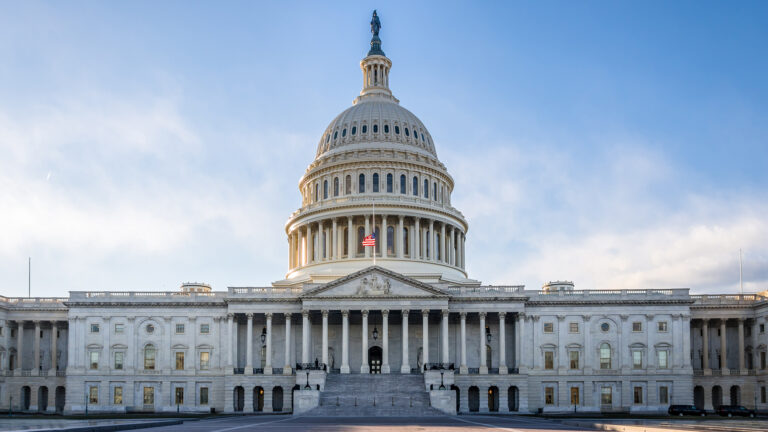The $37.8B Pennsylvania State Employees’ Retirement System (PennSERS) is considering a $100M commitment to HarbourVest’s Dover Street XII Secondary Fund, a strategy designed to diversify the pension fund’s private equity portfolio and enhance liquidity through mature secondary investments.
PennSERS’ investment in the HarbourVest fund would also steer an additional $50M allocation to Secondary Overflow VI, a sidecar co-investment vehicle managed by the Dover Street team.
The investments would build on PennSERS’ longstanding relationship with HarbourVest, which dates back to 1997 and includes more than $1B in commitments across 12 funds. The pension fund’s most recent allocation to the firm came in 2020, when it committed $20M to the Dover Street family as part of a $200M investment in the HarbourVest PA Commingled Investment Fund.
“This would further diversify our existing portfolio,” said Steve Shank, a portfolio manager on PennSERS’ private equity team, during a recent board meeting. “We’ve been making larger but less frequent commitments, and Dover Street XII fits that approach well.”
The Dover Street XII fund continues HarbourVest’s approach of investing across both limited-partner-led and general-partner-led secondary transactions. Similar to previous Dover Street vintages, the majority of the portfolio will comprise buyout assets, mainly in North America and Europe.
During the meeting, Destiny Julo, an investment analyst at PennSERS said the Dover Street series has delivered a long history of strong, risk-adjusted performance. She pointed out since its inception in 1991, the series has consistently generated double-digit net returns with lower risk compared to traditional primary private equity funds.
“I think where Dover Street stands out the most here is the differences it does have versus primary fund commitments and the reduced risks represented here . . . one of them being the low loss ratio for Dover Street,” she said, noting the composite loss ratio for Dover Street funds is just 2% — well below the double-digit loss rates typically seen in primary buyout commitments.
Julo added that because the Dover Street funds typically acquire more mature, existing assets with established performance histories that are close to exits, its team benefits from greater transparency, reduced blind pool risk, and a shorter J-curve effect — as a result, returns begin accruing sooner.
Indeed, Matthew Roche, a partner at consultant Stepstone, agreed with Julo’s commentary, noting it’s a good time to engage in the secondaries market, both for sellers and, particularly, for buyers. “We’ve got some data that suggests that the secondary market and private equity last year provided about a third of all distributions that occurred in the industry and has a lot to do with that depressed distribution environment. . . .”
PennSERS has intentionally been a little bit under the model pacing targets for the last few years. The secondary fund, he said, will help to backfill some of the target commitments.
In terms of transparency, Julo highlighted that HarbourVest annually releases a diversity, equity, and inclusion report and an environmental, social, and governance report outlining progress the firm has made in both areas.
She also noted that the Secondary Overflow funds have historically ranked above the median on an internal rate of return and TVPI basis, generating high double-digit returns with little to no losses.
PennSERS continued to see steady performance and improving liquidity from its private equity program, which has generated $335M in net distributions over the past year as allocations trend toward policy targets.
As of Mar. 31, 2025, private equity represented 16.5% of total fund assets, down from 18% a year ago, and close to the system’s 16% policy target.













